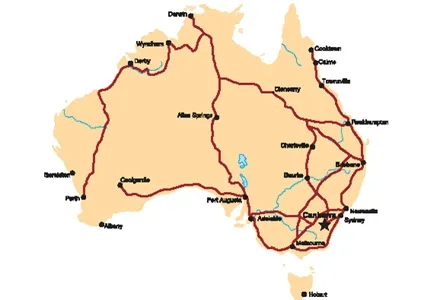Construction of the Kinmen Bridge in Taiwan has now been resumed, with work having restarted on the project in late 2016. The bridge will be 5.4km long in all and will have a 1.05km long main section, connecting the islands of Greater Kinmen and Little Kinmen (also known as Lieyu). The project includes building approach roads for the bridge as well as cuttings and connecting ramps. Costing US$292 million and with funding being provided jointly by Taiwan’s Government and the local authorities, the bridge is
February 23, 2017
Read time: 2 mins
Construction of the Kinmen Bridge in Taiwan has now been resumed, with work having restarted on the project in late 2016. The bridge will be 5.4km long in all and will have a 1.05km long main section, connecting the islands of Greater Kinmen and Little Kinmen (also known as Lieyu). The project includes building approach roads for the bridge as well as cuttings and connecting ramps. Costing US$292 million and with funding being provided jointly by Taiwan’s Government and the local authorities, the bridge is of enormous importance to Taiwan.
Taiwan’s Ministry of Public Construction Commission has called for the project to be prioritised and ready for use by the end of 2019. This will bring the completion date ahead of the planned September 2020 opening announced by the Taiwan Area National Expressway Engineering Bureau when work restarted.
However the Kinmen Bridge project has a troubled past. It was approved by the Council for Economic Planning and Development in early 2010 and construction work then commenced in the second quarter of 2013, but was beset by delays and problems with contractors.
By mid-2016, construction was behind schedule, with accusations that the contractor was unable to provide the machines, materials or expertise required to carry out the work. When the firm building the bridge, Kuo Teng Construction, then proved unable (or unwilling) to bring in sufficient help from other companies to get the work back on track, it had its contract terminated as a result. The Taiwan Area National Expressway Engineering Bureau then put the contract out to tender once more.
Taiwan’s Ministry of Public Construction Commission has called for the project to be prioritised and ready for use by the end of 2019. This will bring the completion date ahead of the planned September 2020 opening announced by the Taiwan Area National Expressway Engineering Bureau when work restarted.
However the Kinmen Bridge project has a troubled past. It was approved by the Council for Economic Planning and Development in early 2010 and construction work then commenced in the second quarter of 2013, but was beset by delays and problems with contractors.
By mid-2016, construction was behind schedule, with accusations that the contractor was unable to provide the machines, materials or expertise required to carry out the work. When the firm building the bridge, Kuo Teng Construction, then proved unable (or unwilling) to bring in sufficient help from other companies to get the work back on track, it had its contract terminated as a result. The Taiwan Area National Expressway Engineering Bureau then put the contract out to tender once more.







